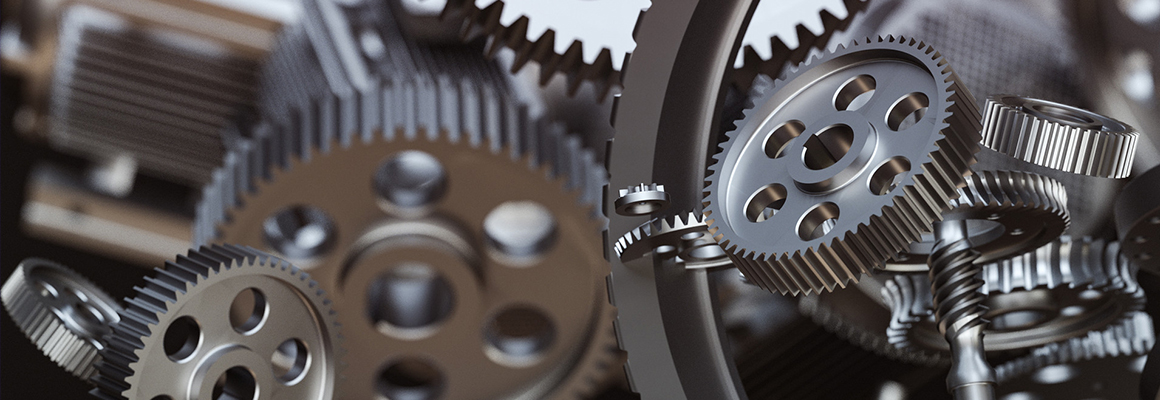Understanding Rubber Joints: Benefits, Types, and Applications Explained
Rubber joints are vital components in various industrial applications, providing an effective solution for vibration isolation, noise reduction, and flexibility in piping systems. Understanding the crucial characteristics of rubber joints, including their benefits, types, and applications, allows industries to enhance their operational efficiency and longevity of equipment.
If you want to learn more, please visit our website Rubber Joint.
One of the primary functions of rubber joints is their ability to absorb vibrations. Industrial machinery and processes often generate significant amounts of vibration, which can lead to wear and tear on equipment and joints. Rubber joints mitigate these vibrations by acting as flexible connectors that reduce the transfer of dynamic forces. This capability not only protects connected equipment from excessive stress but also minimizes maintenance costs by prolonging the lifespan of machinery.
Rubber joints are made from various types of elastomers, offering adaptability to different working environments. The most common materials include natural rubber, neoprene, EPDM, and silicone. Each type has unique properties that make them suitable for specific applications. For instance, EPDM rubber joints are resistant to weathering and ozone, making them ideal for outdoor installations, while neoprene offers good resistance against oils and hydrocarbons, suitable for petrochemical applications. Understanding these material properties enables industries to select the right rubber joint for their specific needs, ensuring optimal performance.
Another significant advantage of rubber joints is their ability to accommodate misalignment and thermal movement. In many piping systems, thermal expansion and contraction can lead to alignment issues that, if not properly managed, can result in leaks and system failures. Rubber joints can handle these lateral and axial movements, thus simplifying the installation and maintenance of piping systems. This flexibility helps reduce the risk of costly downtime and enhances system reliability, which is critical in sectors such as water treatment, HVAC, and chemical processing.
Related articles:Key Considerations When Choosing Resilient Seated Gate Valves
Unlocking Efficiency: Gear Drive Trunnion Ball Valve Benefits
In addition to vibration damping and flexibility, rubber joints contribute to noise reduction. Many industrial processes can generate significant noise levels, posing risks to worker health and compliance with regulatory standards. By integrating rubber joints into these systems, industries can effectively diminish noise transmission, creating a quieter working environment. This not only aids in compliance with occupational safety standards but also promotes a more pleasant atmosphere for employees, leading to increased productivity.
When discussing applications, rubber joints showcase their versatility across various industries. In plumbing and HVAC systems, they are commonly used to connect pipes, providing ease of installation and maintenance. In manufacturing, they allow for the integration of components without the risk of damage from vibrations. In the automotive sector, rubber joints are employed in exhaust systems to manage motion and sound, underscoring their broad applicability. This extensive range reflects rubber joints' role as a versatile solution to complex engineering challenges, providing flexibility that many other materials cannot match.
In conclusion, rubber joints are indispensable elements in modern industrial applications, offering numerous benefits, including vibration absorption, alignment accommodation, noise reduction, and versatile material options. Their ability to enhance operational efficiency and reliability in various applications does not just speak to their inherent value but also to the need for strategic selection based on specific operational demands. As industries continue to innovate and evolve, the integration of advanced rubber joint technologies will undoubtedly play a pivotal role in improving efficiency and sustainability.
For those looking to upgrade their industrial systems or seeking reliable solutions to common problems, understanding the functionality and advantages of rubber joints could be the first step towards achieving greater efficiency and adaptability in their operations. The future of industrial applications will continue to leverage the unique properties of rubber joints, driving further advancements in technology and efficiency.
Are you interested in learning more about ball check valve? Contact us today to secure an expert consultation!


